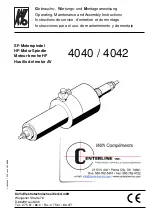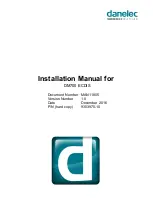
If you select
BASS 16
and
STRINGS 4
, then both 16’
and 4’ pitches are sent through the Bass
and the Strings voice filters. Note that the filters are not isolated so they interact a lot, hence
each combination will sound slightly different (e.g.
FLUTE 8
+
STRINGS 8
will not sound
exactly like
Flute 4 + STRINGS 4
).
The
BASS 16
and
FLUTE 8/4
voices (the “round tones”) are based on the
MT Boost
voices (the
green tabs to the left), while the other white tab voices (the “sharp tones”) have their own,
global voice filter circuitry.
The
BRILLIANT
tab makes the white
2-2/3’
tab brighter. When the white 2-2/3’ tab is off the
Brilliant tab has no effect.
5.1.2. Multi-tone Booster (MTB) Voices
The Multi-Tone Booster (MTB) voices offer an alternative to the treble voices and make it
easy to go from mellow tones to bright tones while you're playing.
MT BOOST ON
makes
the Multi-Tone Booster (green tabs) active and turns the treble voices (white tabs) off, so you
can easily switch to a different set of voices for a solo or chorus.
♪
If you are not getting any sound from the organ and your audio I/O is correctly set up, check that
it’s not the case that all of your tone switches are off! At least one tab has to be on in the section you're
currently playing, either MTB or Treble.
In MTB mode you can select the pitches for each key (16', 8', 4', 2
⅔
in any combination).
In Multi-Tone Booster mode, each tab stop has its own series of low-pass filters that can
be opened up to add brightness to the sound. When no boost is being applied, the tones
are similar to the
FLUTE
stops in the treble section; but only in MTB mode can you use the
Knee Lever
to turn up the high frequencies, or turn
ALL BOOST ON
to maximize the high-
frequency content (i.e. as if the Knee Lever is at 100%).
Arturia - User Manual Farfisa V - Main Panel and Features
48
















































